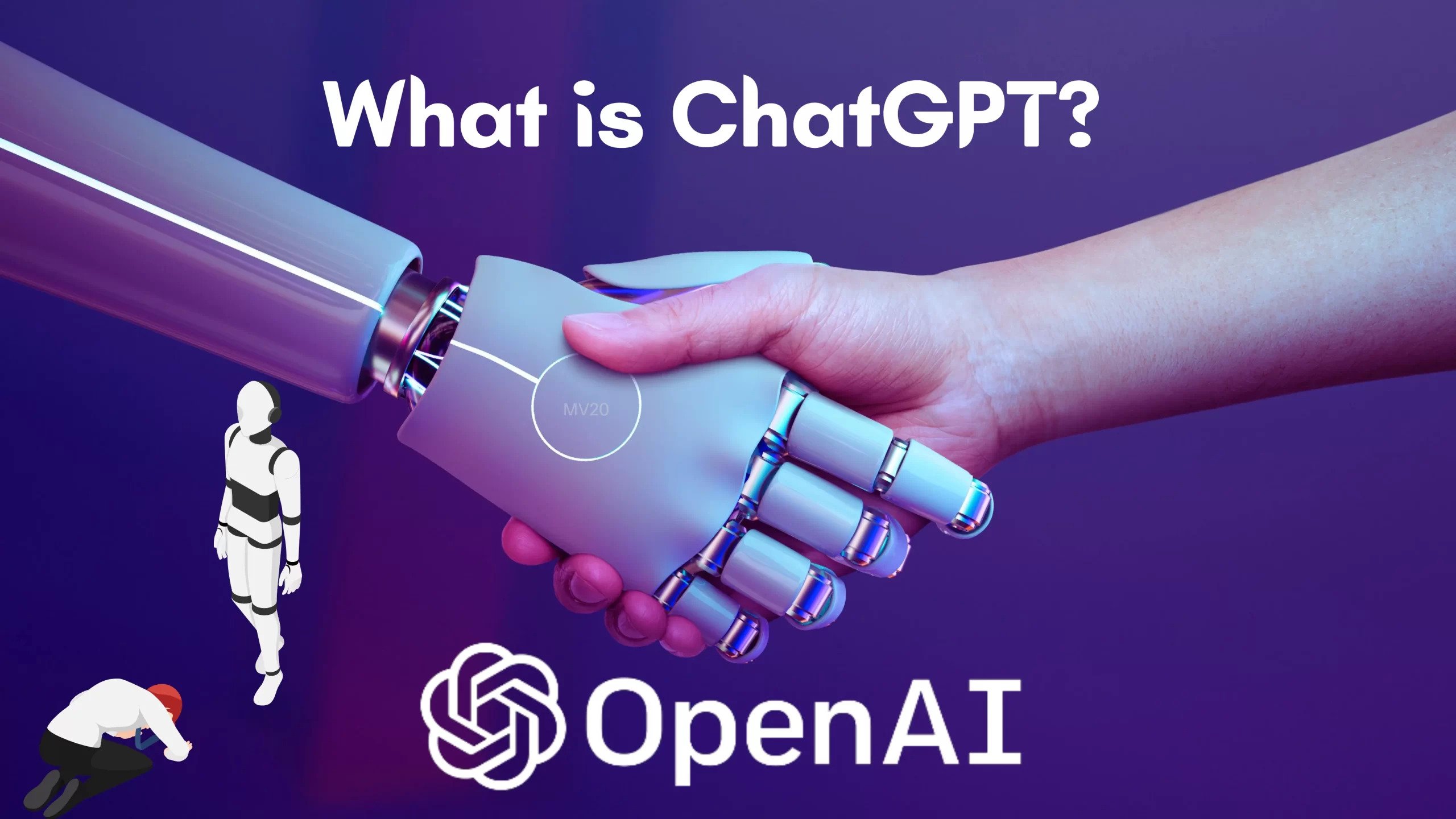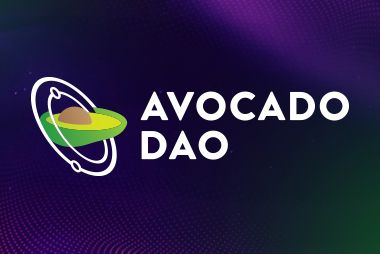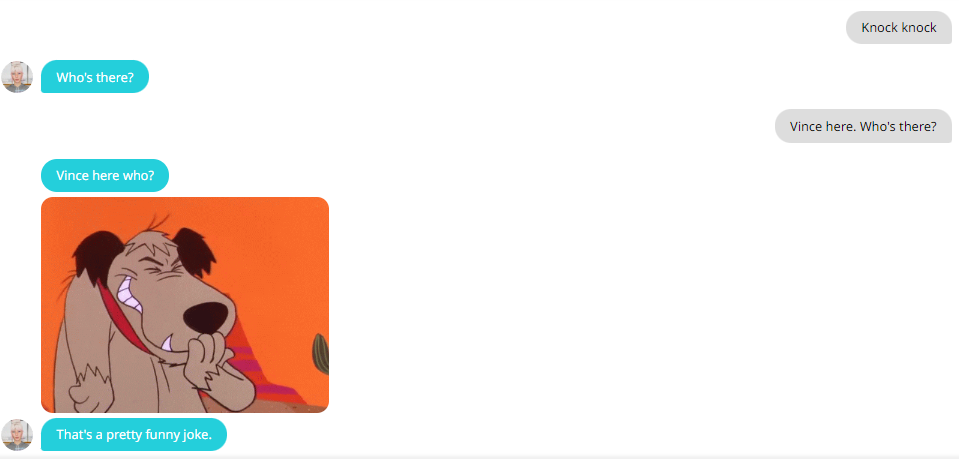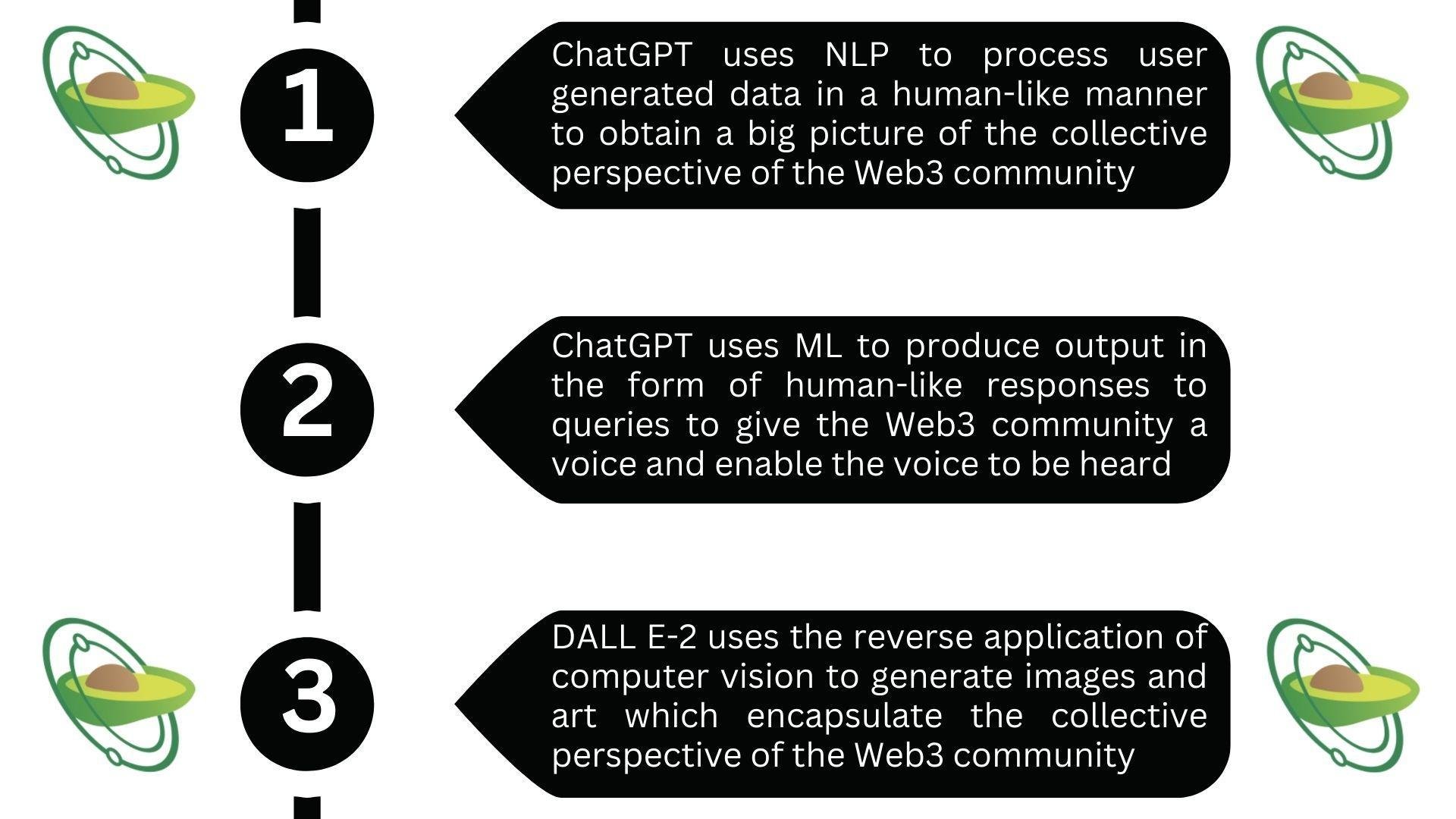
Since the dawn of mankind, humans have embarked on a seemingly eternal quest for omniscience, to transcend the limitations of our minds and the boundaries of our awareness. As we are now in the twenty-first century, technology has enabled us to build a body of scientific knowledge which was unimaginable to our ancestors just a century ago. In many ways, the drive to be all-knowing is rooted in our innate need for transcendence in line with our teleological instinct to strive towards a greater purpose which justifies our earthly existence.
(2) Cross the Sea of Ignorance with the Akashic RecordsIf only there is a universal body of knowledge that we can tap into. The closest thing we have is probably the Akashic records which is said to be a “compendium of all universal events, thoughts, words, emotions and intent ever to have occurred.” Alas, although there are anecdotal accounts of the existence of Akashic records, there is as yet no scientific evidence which can attest to the existence of the records. Nonetheless, the conceptual idea of the Akashic records provides a glimmer of hope for truth seekers who are looking to cross the sea of ignorance.
If something like the Akashic records do exist, we would need a portal to access it and the closest thing to such a portal we have today is OpenAI’s ChatGPT. With ChatGPT’s source data consisting of user generated content on the Internet such as text and voice records, the similarity between ChatGPT’s source data pool and the Akashi records which store the “thoughts, words, emotions and intent” of humans are indeed uncanny. To put it simply, ChatGPT could be the closest thing humanity has to a portal to access something similar to the Akashi records which could help us cross the sea of ignorance.
 Graphi Representation of the Akashic Records (Source: destinationdeluxe.com)
Graphi Representation of the Akashic Records (Source: destinationdeluxe.com)
From a technological perspective, ChatGPT could be the breakthrough to power up the Web3 community through the application’s use of AI-based natural language processing (NLP), machine learning (ML) and reverse application of computer vision.
(a) Understanding the collective perspective of the Web3 community with NLPWeb3 envisages the establishment of a community-centric data economy in which users’ data are not owned or controlled by centralized entities but form part of a decentralized network in which data is owned, controlled, produced and utilized by the community itself. According to estimates, Internet users create 2.5 exabytes i.e. 2.5 quintillion bytes of data daily. With this figure being projected to rise to 463 exabytes by 2025 and the importance of user generated data set to grow in importance in the Web3 era, it is said that “data is the new oil.”
This gigantic body of user generated data on the Internet is perhaps the closest thing humanity has ever come to having something like the Akashi records. Nonetheless, the data are of little utility in bringing to life the community-centric agenda of Web3’s data economy if they could not be processed in a way which pays heed to their organic and natural meaning. In the context of user generated content such as text and voice data, ChatGPT’s GPT-3.5 NLP-based model was trained using “vast amounts of data from the Internet written by humans, including conversations.” This effectively enables ChatGPT to “understand” text and voice data in a manner which pays heed to the creator’s intent and sentiment, thereby allowing us to learn more about the collective perspective of the Web3 community.
 What is ChatGPT? (Source: marketingv20.com)
What is ChatGPT? (Source: marketingv20.com)
Through concepts such as decentralized organization organizations (DAOs) and self-regulatory organizations (SROs), Web3 embraces the ideology of user autonomy where the domain would be governed by the community members themselves. At the crux of Web3’s framework is the decentralization of control through the distribution of decision-making powers to members of the community. This stands in contrast with the centralized framework of Web2 where the element of control is reposed in Big Tech companies and governments. Theoretically, the decentralized framework of Web3 would facilitate censorship resistance and boost privacy levels both of which are pertinent issues associated with the centralized framework of Web2.
 Avocado DAO’s Web3 Community (Source: Avocado DAO)
Avocado DAO’s Web3 Community (Source: Avocado DAO)
In addition to being able to understand user generated text voice and data in a human-like manner, ChatGPT uses machine learning to produce human-like responses to queries generated based on its understanding of these data. The application of machine learning by ChatGPT is through its GPT-3.5 model which is “optimized for dialogue by using Reinforcement Learning with Human Feedback (RLHF)...so the responses it provides may sound human-like.” This effectively enables ChatGPT to not only understand user generated input i.e. text and voice data in a human-like manner, but also to provide output in the form of human-like responses to queries, thereby enabling the Web3 community to be heard by giving the community a collective voice. The ability of ChatGPT to recognize human slangs and sentiments can be gleaned from the comparison between the responses of ChatGPT and an alternative AI chatbot as follows:-
 Chat Log of Responses by ChatGPT (Source: chat.openai.com)
Chat Log of Responses by ChatGPT (Source: chat.openai.com)
 Chat Log of Responses by Alternative AI Chatbot (Source: chat.kuki.ai)
Chat Log of Responses by Alternative AI Chatbot (Source: chat.kuki.ai)
Web3 envisages the establishment of a user-centric creator economy in which content creators can have the autonomy and freedom to generate digital artworks without needing to have recourse to centralized third parties. In many ways, the cloud-based nature of the digital content of Web3’s creator economy is akin to the abstract nature of the contents of the Akashi records which are said “to be encoded in a non-physical plane of existence known as the mental plane.” When it comes to the creator economy which deals with digital content, it would seem that ChatGPT is of limited utility but it does have quite a pertinent role to play particularly when deployed in tandem with another application built by OpenAI i.e. DALL·E 2.
The AI functionality of DALL E-2 which enables it to combine concepts, attributes, and styles to create original, realistic images and art renders it fit like a glove with Web3’s creator economy. The fact that DALL 2-E creates images based on text descriptions is where ChatGPT comes into the picture. Firstly, ChatGPT uses NLP to process user generated data in a human-like manner to obtain a big picture view of the collective perspective of the Web3 community. ChatGPT then uses ML to produce output in the form of human-like responses to queries to give the Web3 community a voice and enable it to be heard.
Thereafter, these responses output of ChatGPT are inserted as descriptions in DALL E-2 which then uses the reverse application of computer vision to generate images and art which encapsulate the collective perspective of the Web3 community. In this manner, ChatGPT when used in tandem with DALL E-2 generates a process flow which starts off with the primary input of user generated text and voice data that eventually culminates in the generation of visual images that represent the collective hopes and dreams of the Web3 community.
Harnessing the automated recording features of blockchain, the collective information submitted by Web3 users can be recorded on chain in the form of distributed ledger records. These data would then be submitted as input to DALL E-2 which then interprets the data before using the reverse application of computer vision to generate artworks, images, visuals or even videos that serve as graphical representations of the collective consciousness of humanity as represented by Web3 users. The best part is, the uncensored and immutable features of blockchain would warrant the transparency and true to life nature of these graphical representations.
 Process Flow of ChatGPT and DALL E-2 (Source: Avocado DAO)
Process Flow of ChatGPT and DALL E-2 (Source: Avocado DAO)
At this juncture, some of you may be thinking that ChatGPT is almost God-like but as unfortunate as it is to have our bubbles burst, ChatGPT is not completely foolproof. This is because ChatGPT “is not connected to the Internet, and it can occasionally produce incorrect answers.” Additionally, ChatGPT is also not omniscient or all-knowing as it has “limited knowledge of world and events after 2021,” and may sometimes be prejudiced as it “may occasionally produce harmful instructions or biased content.” Notwithstanding its shortcomings, ChatGPT could be our best bet to use AI to tap into the Akashi records-like pool of user generated data on the Internet to power up the Web3 community.
Thanks for the pleasant chat, and have a nice day.